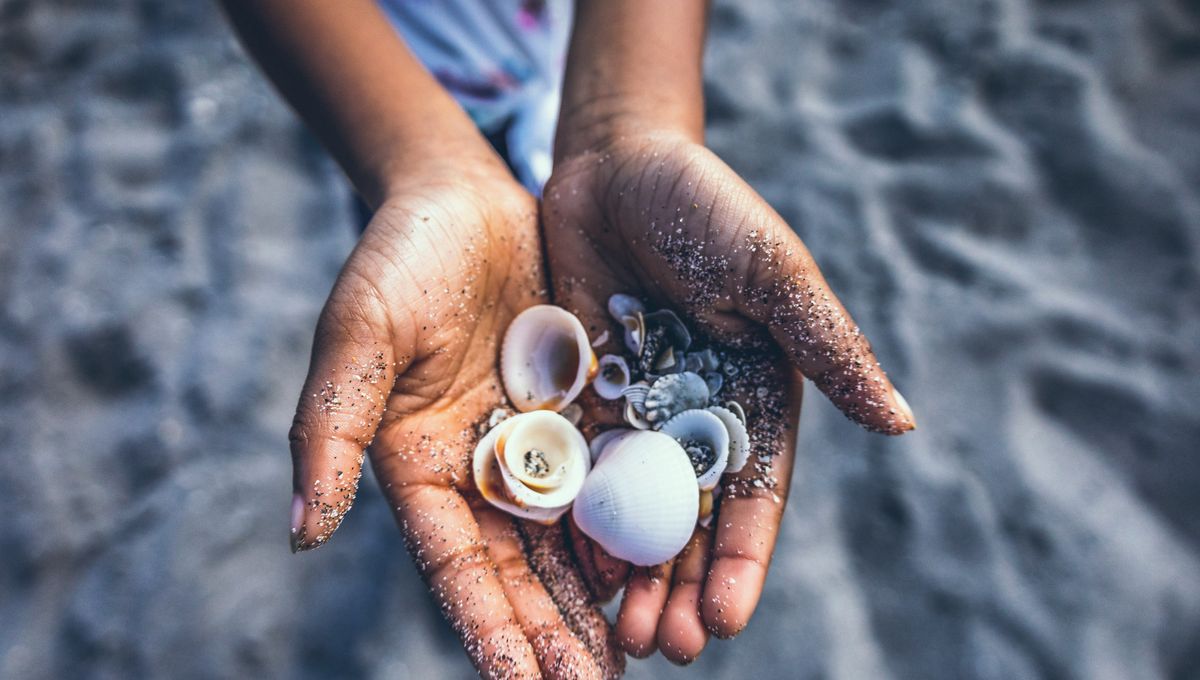
Seashells may seem like a harmless memento from your trip to the beach, but there are a few good reasons why you let it be and leave them on the shore.
Beachcombing, if done carelessly, has the potential to cause real upset for coastal ecosystems. A study in 2014 investigated the removal of seashells from beaches and concluded it’s causing “significant damage” to the many lifeforms that rely on shells.
Shells are a surprisingly important cog in coastal ecosystems. Along with beach stabilization providing birds with building materials for their nests, they provide a home or attachment surface for diverse marine organisms, including algae, seagrass, sponges, and crutseans. They are also a source of calcium carbonate, which can dissolve in seawater and be recycled back into the ocean.
“Shells are remarkable in that they serve multiple functions in natural ecosystems,” Michal Kowalewski, lead study author and paleontologist at the Florida Museum, said in a statement.
“Molluscan shells are of prime importance to hermit crabs, and although sand beaches are not good places for such crabs, dead snail shells on mud-flats and rocky shores do form a primary resource for abundant hermit crabs. More subtly, many small organisms settle on dead shells, and so removing such shells will eliminate habitats for these colonists,” added Geerat Vermeij, a mollusk shell expert and distinguished professor of geology at the University of California Davis, who was not involved in the study.
The study saw researchers carry out multiple monthly surveys from 1978 to 1981 and from 2008 to 2010 on Llarga Beach, an hour-long car ride from Barcelona in Spain. Their results showed the number of seashells had been decimated by up to 60 percent between the two study periods.
They suspected that the demise of shells was most likely due to the influx of tourists to the area because shells were more abundant during the winter period when fewer people visited the beach.
“Humans may play a significant role in altering habitats through activities that many would perceive as mostly harmless, such as beachcombing and seashell collecting. It is important that we continue to investigate the more subtle aspects of tourism-related activities and their impact on shoreline habitats,” Kowalewski said.
Another good reason to not take home seashells: it’s illegal in many parts of the world. In the UK, the Coastal Protection Act 1949 prohibits taking any natural materials from public beaches.
It’s a little more relaxed in the US where recreational collection of empty sea shells is permitted in many circumstances. However, certain species are protected and harvesting their live shells could land you in trouble with the law.
In 2018, a woman was reportedly jailed after she took 40 seashells from the beach in Florida’s Key West. The shells contained live queen conches, which are listed as threatened under the Endangered Species Act. The 30-year-old woman was ordered to serve 15 days in jail and pay a $500 fine – that’s one way to ruin your holiday.
Source Link: Why You Shouldn't Take Seashells From Beaches